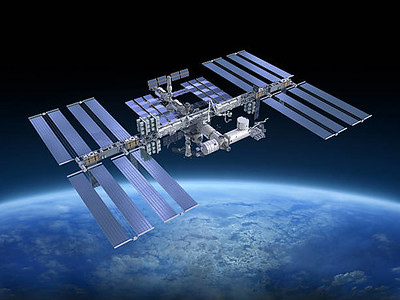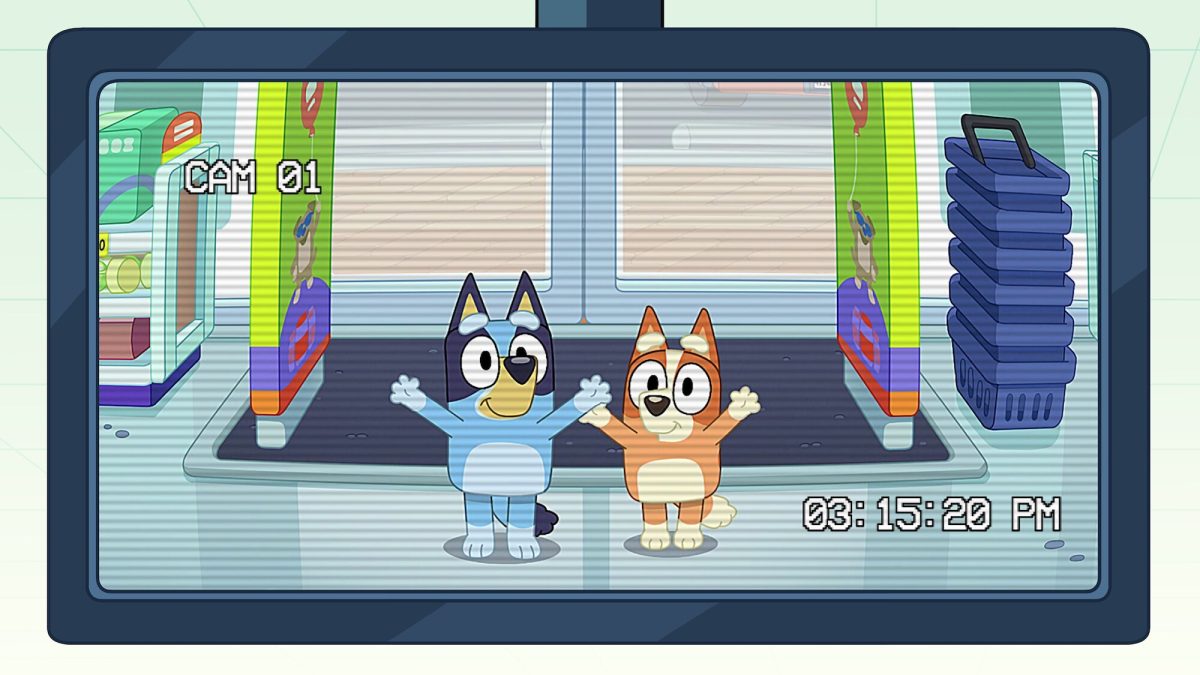
Disclaimer: This is a work of satire.
An optimistic statement from NASA on Tuesday was the latest in a series of false announcements claiming that the space station was on an Earth-bound trajectory. NASA later issued an apology on its website, explaining that it had mistaken a medium-sized asteroid for the station.
Amid the public backlash, NASA Administrator Bill Nelson has resigned.
“I’m literally done with physics,” Nelson said in a press conference shortly before his resignation. “Anything can fall and hit the ground — I’ve experienced this myself plenty of times. But to fall and miss the ground? I mean, what is that? What sort of witchcraft are we looking at here?”
When asked to elaborate on his experience with falling, Nelson added: “I believe it was from the sixth floor after the whole Columbia disaster, or maybe it was from the fifth. It’s hard to remember. But when SpaceX started doing its thing, I started taking regular eight-story falls. And that one time the vending machine was out of Fritos, it was from the twentieth floor”
Despite the unfortunate timing of Nelson’s resignation, NASA has reiterated that its priority remains on the rescue of the individuals still stranded on the ISS. Rescue missions have been attempted in the past, but seven individuals remain stuck on the station despite the organization’s best efforts.
“NASA has conducted a few hundred rescue missions,” a NASA spokeswoman said on Wednesday, pausing to sneeze. A few moments later, after failing to sneeze and looking rather grumpy about it, she added: “And sure, some estimates say that these missions collectively cost U.S. taxpayers upwards of tens of billions of dollars. Fine. But we would like to direct your attention to those fools over in the Department of Defense who’ve spent trillions of dollars developing top-secret fighter jets that can’t turn left.”
On its website, NASA attributes the failure of the rescue missions to various oversights in their protocols.
“On average, for every person we bring back home, we somehow end up sending another person up,” wrote NASA associate administrator Robert A. Pearce. “In the past, NASA has set measures in place to stop this from occurring. Fifteen years ago, we made it protocol to have someone search the capsule to check that it was empty before launch. But this just added one to the number of people we sent up at a time.”
With public pressure growing, NASA officials are now considering new state-of-the-art approaches to the problem of rescue. A particularly promising approach involves the launch of a small thermonuclear weapon to a position slightly above the ISS: preliminary simulations show that this solution would almost certainly succeed in bringing the ISS back to Earth, although skeptics have suggested that the station might sustain minor damage in the process.
“The thermonuclear weapon proposal is absolutely brilliant. After all these years, it seems that someone at NASA has finally come to their senses,” said former NASA employee Roger Zhao. “This is the kind of creative problem-solving that NASA is all about.”







